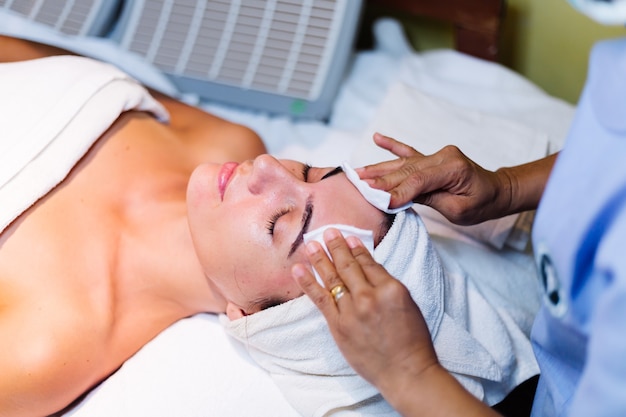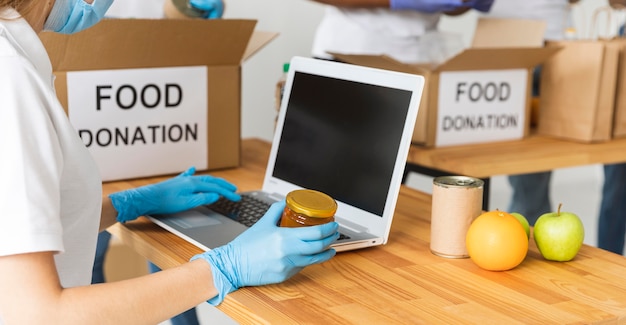
Ensuring food safety and preventing foodborne illnesses require maintaining high standards of food hygiene. Even after completing Food Hygiene and Safety Training, many people tend to overlook basic food safety principles in their daily cooking routines. By avoiding common mistakes, you can create a safer and healthier food environment both in professional kitchens and at home.
1. Not Washing Hands Properly
One of the simplest yet often neglected steps in food safety is proper handwashing. Many assume a quick rinse will do, but hands should be scrubbed with soap for at least 20 seconds, especially before cooking and after handling raw foods like meat, poultry, or seafood. Inadequate handwashing can spread harmful bacteria like Salmonella and E. coli, leading to illness. To avoid this, wash hands thoroughly and dry them with a clean towel or air dryer since damp hands can spread germs.
2. Cross Contamination Between Raw and Cooked Food
Cross-contamination happens when bacteria from raw food get onto cooked or ready-to-eat items. This often occurs when using the same tools or cutting boards without proper cleaning. To prevent this, use separate cutting boards for raw meat and other foods, and ensure all surfaces, knives, and utensils are cleaned and disinfected after handling raw ingredients.
3. Ignoring Expiry Dates
Forgetting about expiry dates can lead to health risks. Expiry dates indicate when food is no longer safe to eat. To avoid this mistake, always check the expiry date before using any product and rotate your fridge and pantry stock so older items are used first.
4. Incorrect Food Storage Temperatures
Storing food at the wrong temperatures allows bacteria to grow. Bacteria thrive between 5°C and 63°C, known as the “danger zone.” Perishable foods should be kept below 5°C. Ensure your fridge is properly set and refrigerate leftovers within two hours of cooking.
5. Thawing Food at Room Temperature
Leaving frozen food on the counter to thaw can encourage bacterial growth. The outer layer of food warms while the inside remains frozen, which is perfect for bacteria. Instead, thaw food in the fridge overnight, under cold water, or in the microwave, and ensure perishable items aren’t left out for more than two hours.
6. Neglecting Personal Hygiene
While focusing on food, the personal hygiene of the food handler is crucial. Contaminants can be introduced from not being well when handling food, wearing dirty clothes, or not tying back long hair. Always cook in clean clothing, tie back hair, and avoid handling food if you’re unwell.
7. Cooking Food at Inappropriate Temperatures
Cooking to the correct temperature is necessary to kill harmful bacteria. Often, in a rush, people undercook food, which can lead to foodborne illnesses. Use a food thermometer to check that food reaches the right internal temperature, especially at the thickest part of the meat.
8. Using Uncleaned Utensils
Using the same utensils for raw and cooked food can easily result in cross-contamination. This happens often when multitasking. Use different utensils for raw and cooked items and clean cutting boards, utensils, and surfaces immediately after use.
9. Not Washing Fruits and Vegetables Properly
Fruits and vegetables may look clean but can have harmful bacteria or pesticides. Skipping a thorough wash increases the risk of illness. Always rinse them under running water before eating and use a clean brush for firm produce like cucumbers or melons.
10. Not Cleaning Kitchen Surfaces Regularly
Kitchen surfaces, like counters and cutting boards, can hold bacteria from raw foods, affecting the next food item prepared on them. Clean and disinfect all surfaces after food prep, focusing on areas used for raw meat. Use a kitchen disinfectant or hot water and soap.
In conclusion, food safety is about protecting your health and others’. By being aware of these common safety mistakes and avoiding them, you ensure the food you prepare is both safe and nutritious. Keep these top 10 tips in mind, and you’ll be on your way to mastering safe cooking techniques!









